The post Nepal Receives ‘USD 165 Million Loan’ from ADB for COVID-19 Vaccines! appeared first on Nepali Sansar.
]]>The fund will support Nepal’s National Deployment and Vaccination Plan and help procure around 15.9 million doses of COVID-19 vaccines, sufficient enough to inoculate about 6.8 million Nepalis.
“ADB’s support will help the Nepali Government procure much-needed COVID-19 vaccines to protect its citizens from the further spread of this disease,” mentioned ADB President Masatsugu Asakawa.
“It is essential that COVID-19 vaccines are quickly purchased and administered to help get the economy back on track by enabling the restoration of livelihoods and economic activities, as well as the resumption of educational and human development pursuits,” he added.
The ADB has offered support to Nepal through its USD 9 billion Asia Pacific Vaccine Access Facility launched in December 2020. The Facility aims at providing prompt and equitable vaccine-related support to ADB developing member countries.
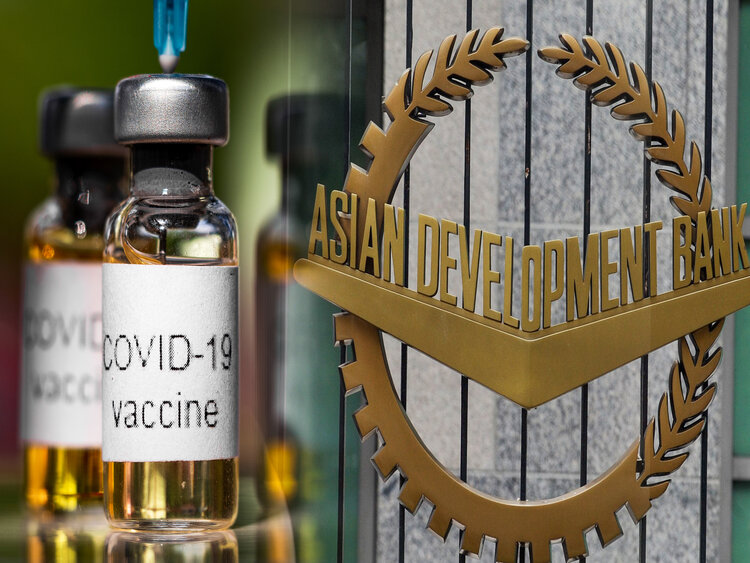
However, the ADB’s fund must be used for vaccines that meet at least one of the APVAX eligibility criteria:
- The vaccine must be selected for procurement through the COVID-19 Vaccines Global Access (COVAX) mechanism
- The vaccine must be pre-qualified by the WHO
- The vaccine must receive regular or emergency authorization by a Stringent Regulatory Authority
Stay Tuned to NepaliSansar for Latest Nepal COVID-19 Updates!
More News:
- Nepal Grade 12 Examination Routine 2021 Announced!
- Style Icon Nepal 2021 Announced! Apply Now!
- Nepal’s COVID-19 tally spike up as 1855 new infections crop up
- Nepal Prime Minister Underscores COVID-19 Vaccination a Priority
- Nepal Cracks Down on Business Firms which Violated Code of Conduct
- Pokhara shall Chip In for Mayor’s Treatment
- Nepal preps jetliner to brings vaccines from China
The post Nepal Receives ‘USD 165 Million Loan’ from ADB for COVID-19 Vaccines! appeared first on Nepali Sansar.
]]>The post USA to provide COVID-19 vaccine aid to Nepal appeared first on Nepali Sansar.
]]>The American government had previously announced vaccine support to Nepal earlier this month also. Although the number of vaccine doses has not been announced, they are set to arrive within June, globally.
The vaccines will be transferred via the WHO Covax program.
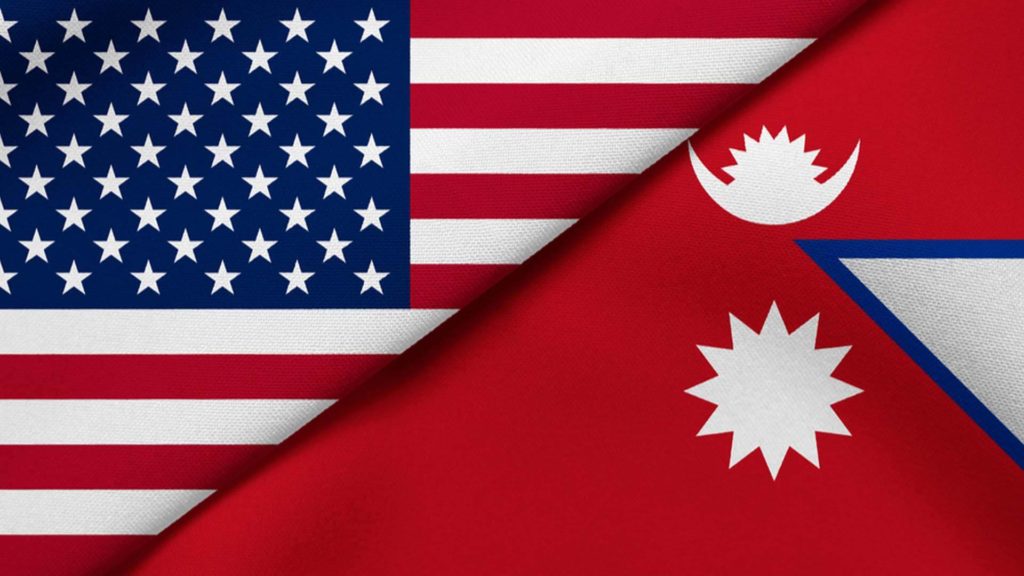
Under the same program, the White House announced earlier this week that about 16 million vaccine doses would be delivered to the following Asian nations:
- India
- Nepal
- Bangladesh
- Pakistan
- Sri Lanka
- Afghanistan
- the Maldives
- Bhutan
- the Philippines
- Vietnam
- Indonesia
- Thailand
- Malaysia
- Laos
- Papua New Guinea
- Taiwan
- Cambodia
- Pacific Islands
Stay Tuned to NepaliSansar for Latest Nepal News Updates!
More News:
- Nepali City to Provide Second Dose of Covishield Vaccine
- Nepal Supreme Court Directs Government to Remove 20 Cabinet Ministers
- Nepal is ‘Third’ Largest Contributor to UN Peacekeeping!
- Monsoon Floods Wreck Hydropower Projects, Inflict NPR 10 Bn Loss!
- Nepal Collects 94.6% of Revenue Target for Current FY with 2 Months Left!
The post USA to provide COVID-19 vaccine aid to Nepal appeared first on Nepali Sansar.
]]>The post Nepal’s COVID-19 Vaccination Efforts Lauded by WHO appeared first on Nepali Sansar.
]]>The Director-General said, “This is how far health workers go to save lives.” He penned, “Is it fair that in many places these heroes have still not been vaccinated? It is our duty to do everything we can to ensure equitable delivery of vaccines, and the power lies within us.”
The video, which Tedros retweeted, showed the vaccine container being handed over to a healthcare professional by two men using a stick. The flooded river posed a potential challenge to the professionals transferring the vaccines.
However, the receiving healthcare professional risked his life and leaned dangerously close to the river to grab hold of the vaccine container.

The video, which was circulated across social media, also garnered popularity abroad.
Nepal has begun witnessing floods and landslides in less than a week with the onset of the monsoon. The Himalayan country is battling these natural calamities and the contagion.
Manang district has been flooded, and the flooding has hampered vaccination transferral in the remote areas of the district. The Nepali government has focussed on vaccinating senior citizens in the age bracket of 60 to 64 years.
Also Read: 15 Dead as Floods Ravage Nepal
Until now, Nepal has completely vaccines frontline workers in the first phase. The government also initiated a vaccination drive on January 27 this year.
As per the Health Ministry, 731,653 people have been completely vaccinated. About 2.5 million have received their first jab. In a nutshell, less than 2.5 percent of Nepal’s populace has been fully vaccinated.
About 1.4 million people, who received their first jab of the vaccine, are awaiting their second Covishield dose since March. Owing to the vaccine shortage, President Bhandari wrote to the USA, UK, and Russia leaders to secure the necessary vaccine supply.
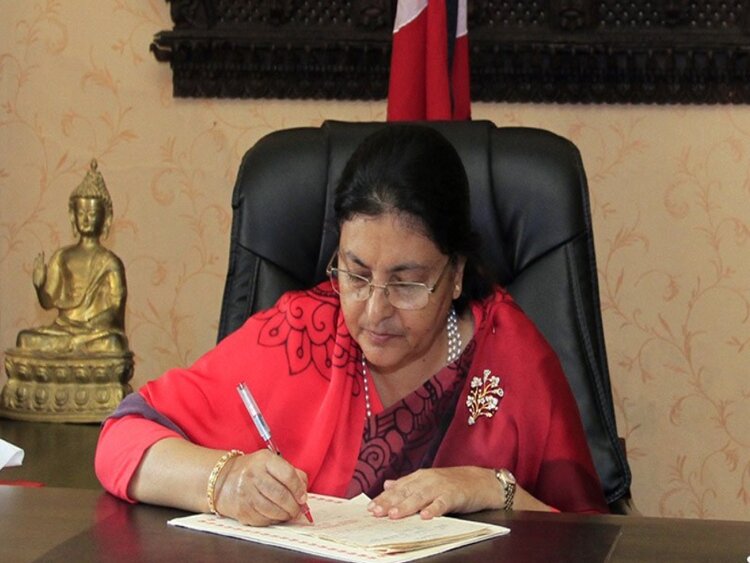
he President’s request to China was fruitful as the Communist nation sent one million doses as a grant. However, the President’s requests to the western leaders haven’t received a response yet.
Stay Tuned to NepaliSansar for Latest Nepal News Updates!
More News:
- Nepal Collects 94.6% of Revenue Target for Current FY with 2 Months Left!
- Nepal tourism may take a couple of years to rebound: Govt
- Commerce Dept. Collects NPR 22.88Mn in Fines from Deceitful Firms!
- Over 100 Nursing Colleges Without Own Hospitals To be Banned!
- World Bank extends monetary support to Nepal’s pandemic fight
The post Nepal’s COVID-19 Vaccination Efforts Lauded by WHO appeared first on Nepali Sansar.
]]>The post ‘No Nepal Variant’: WHO Denies Daily Mail’s Claim! appeared first on Nepali Sansar.
]]>“WHO is not aware of any new variant of SARS-CoV-2 being detected in Nepal. The three confirmed variants in circulation are Alpha (B.1.1.7), Delta (B.1.617.2), and Kappa (B.1.617.1). The predominant variant currently in circulation in Nepal is Delta (B.1.617.2),” the WHO clarified on Twitter.
WHO’s clarification comes hours after the Daily Mail published that the “foreign holidays are under threat because ministers are worried about a new COVID variant” from Nepal. While the headline of the article said, “Nepal Variant Threat To Our Holidays.”
“Scientists have alerted ministers to the mutant strain – thought to have originated in Nepal – which has apparently spread to Europe. They fear the strain is resistant to vaccines,” reported the paper.
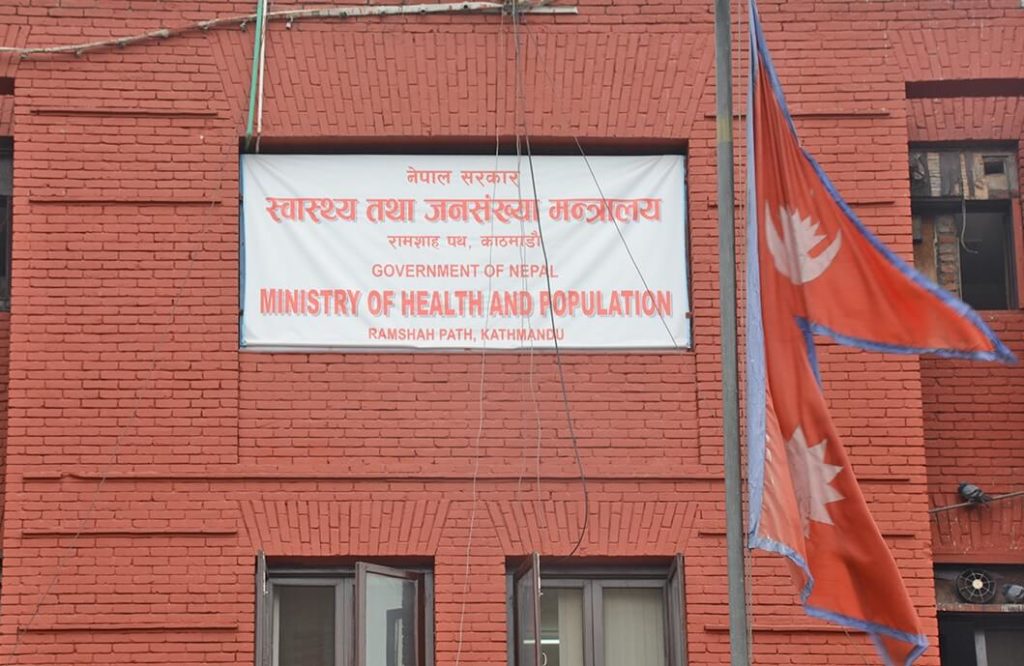
Likewise, The Ministry of Health and Population (MoHP) denied the claims of detection and presence of a new coronavirus strain in the country.
“So far, no new variant has been detected. We have confirmed three variants only,” said MoHP Assistant Spokesperson Dr. Sameer Kumar Adhikari, adding that the government would proactively study in such cases.
Earlier on May 18, the MoHP confirmed that Alpha, Delta, and Kappa variants were detected through a gene sequencing conducted at CSIR Institute of Genomics and Integrative Biology in India.
Stay Tuned to NepaliSansar for Latest Nepal COVID-19 News!
More News:
- FIFA WC Qualifiers 2022: Nepal Defeats Chinese Taipei 2-0!
- 10 Reasons Why Nepalese Love To Buy iPhone
- Nepal Permits Four Airliners to Resume International Flights!
- Nepal’s COVID-19 Death Curve Flattens, Daily Average At 108!
The post ‘No Nepal Variant’: WHO Denies Daily Mail’s Claim! appeared first on Nepali Sansar.
]]>The post UN and its Partners Launch ‘COVID-19 Response Plan’ in Nepal appeared first on Nepali Sansar.
]]>The response plan aims to assist 750,000 Nepali citizens who have become the most vulnerable by the viral outbreak of COVID-19.
Endorsed by both the Nepal Humanitarian Country Team and the government’s Crisis Management Centre, the plan aims to strong-arm the Nepal government’s COVID-19 response.
“The current outbreak is having a devastating impact not just on health but across all sectors, hitting the poorest and most marginalized people in Nepali society the hardest. The COVID-19 Response Plan that we are launching today calls for swift action and international solidarity that is desperately needed to save lives and prevent unnecessary suffering today, tomorrow, and in the difficult weeks to come. We have no time to lose,” the statement quoted UN Resident Coordinator Sara Beysolow Nyanti.
After several months of relatively low daily cases in Nepal, infections began to increase rapidly in mid-April, rising from 150 cases per day in early April to over 8,000 cases per day since 5 May. Over 44% of COVID-19 tests nationally are coming back positive, suggesting that case numbers are much higher than reported.
Despite the surge beginning almost three weeks after India’s, Nepal is experiencing roughly the same number of daily cases per million as India, but with a health system whose capacity is much more limited. However, the Himalayan country is battling the virus with limited healthcare resources.
With COVID-19 health issues taking precedence, WHO felt that Nepal is beginning to ignore other pressing issues such as malnutrition, chronic hunger, and economic setbacks
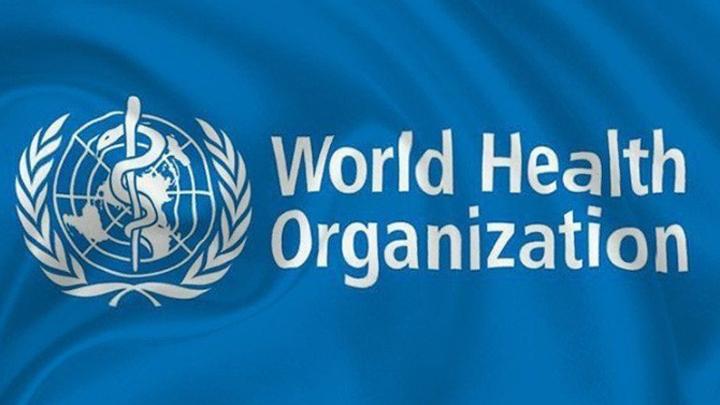
Elke Wisch, UNICEF Representative for Nepal, said the rising cases had crippled Nepal’s fragile healthcare facilities. “As we respond to the immediate health crisis to help save lives, we cannot forget the devastating broader impact the current COVID-19 surge has on children and young people in Nepal,” she said.
She further added that the kids are now cut off from vital support networks. With both parents and caretakers falling prey to the pandemic, Elke lamented that the kids are now being subjected to scenes which they ought not to witness. The representative prayed that the world comes together to save the children of Nepal.
Dr. Rajesh Sambhajirao Pandav, WHO Representative to Nepal, commented that the unwanted surge increased the demand for oxygen cylinders and other medical supplies. “While WHO and partners are supporting the Nepali Government’s endeavors in mounting a robust response, fighting the pandemic necessitates international solidarity. I appeal to friends of Nepal from around the world to come forward and help with fulfilling the needs of the hour,” the statement quoted Sambhajirao as saying.
“The Government of Nepal is leading the response, but capacities are stretched to breaking point and international solidarity is urgently needed to assist the most vulnerable people with life-saving response activities in health, food security, education, nutrition, shelter, protection and water and sanitation,” the statement further said.
Stay Tuned to NepaliSansar for Latest Nepal COVID-19 Updates!
More News:
- Life-saving Remdesivir to be Made-in-Nepal!
- PM Oli Dares Opposition Parties to Topple his Government!
- Nepal’s Anshika Sharma Unveils National costume for Miss Universe 2020
- Support Pours In As Nepal Grapples with Second Wave!
- Nepali Mountaineer Kami Rita Treks Mt. Everest for Record 25th Time
- 2021 Oscar Winners: The Complete List! Congratulations to ALL!
- Mexican Beauty ‘Andrea Meza’ Becomes ‘Miss Universe 2021’!
The post UN and its Partners Launch ‘COVID-19 Response Plan’ in Nepal appeared first on Nepali Sansar.
]]>The post World Stroke Day: 70% of Strokes Occur in Low- and Middle-income Countries appeared first on Nepali Sansar.
]]>Around 70% of strokes occur in low- and middle-income countries, where the incidence of stroke has more than doubled over the last four decades, and where, on average, a stroke occurs to people 15 years earlier than it does in high-income countries.
Up to 84% of stroke patients in low- and middle-income countries die within three years of diagnosis, as compared with 16% in high-income countries.
For stroke survivors, lifelong sequelae and disabilities, including mental health problems, are common and can be a source of financial hardship.
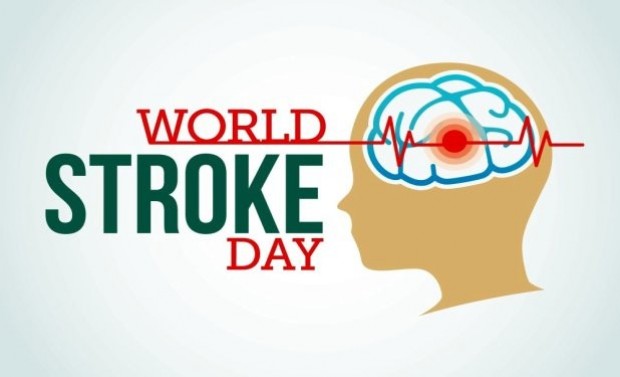
To help achieve the Sustainable Development Goal (SDG) target of a one-third reduction in premature mortality from noncommunicable diseases (NCDs) by 2030, WHO will continue to support countries in the South-East Asia Region to address the primary causes of stroke – including hypertension, diabetes and tobacco use – and will continue to promote the development of quality stroke services that are accessible to all.
Countries in the Region have in recent years implemented a series of high-impact “best buys” aimed at preventing stroke, in line with the Region’s Flagship Priority on preventing and controlling NCDs.
All countries are implementing multisectoral NCD action plans, with a specific focus on enhancing services to detect and treat NCDs at the primary level. Region-wide, tobacco control initiatives continue to be strengthened, with five Member States – namely, India, Nepal, Maldives, Thailand and Timor-Leste – among the world’s top ten countries with the largest graphic warnings on tobacco packaging.
WHO continues to work with countries in the region to promote healthy lifestyles, including greater physical activity, for which the strategies outlined in WHO’s ACTIVE toolkit are of immense value.
To advance progress on the Region’s Flagship Priorities and applicable SDG targets, WHO will continue to support all countries to sustain and accelerate the implementation of interventions that prevent and control NCDs.
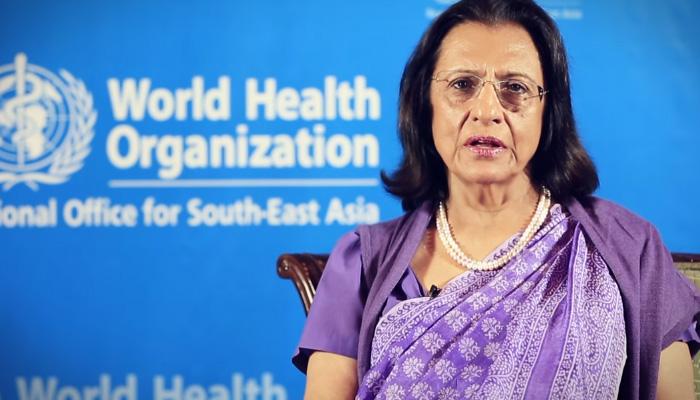
But as new regional guidance highlights, increased efforts are required to scale up the quality and reach of services that can deliver stroke care. Region-wide, countries have great potential to improve and streamline stroke services, for example by increasing the availability of CT scanners, enhancing health workers’ knowledge and skills, implementing evidence-based clinical practice guidelines, and adopting continuous quality improvement programs.
Health services at all levels must have the capacity to provide fast-track referrals and coordinated emergency stroke care, in addition to ongoing support and rehabilitation for people living with stroke.
Amid the Region’s ongoing battle against COVID-19, WHO has provided hands-on technical support to Bhutan, Maldives, Myanmar and Timor-Leste to improve stroke services, and has also conducted online workshops with key partners to scale up core competencies along the stroke care continuum.
Maintaining and strengthening essential health services, including for NCDs, has been – and will continue to be – a strategic priority within the Region’s pandemic response, as underscored by the Declaration on the Collective Response to COVID-19, adopted at the Seventy-third Session of the WHO Regional Committee for South-East Asia.
Throughout the response and into the recovery and beyond, WHO is committed to providing the Member States its full technical support in improving access to quality stroke services to reduce preventable morbidity and mortality and associated financial hardships.

On World Stroke Day, WHO reiterates the critical need to address the disproportionate burden of disability and death that stroke is responsible for in low- and middle-income countries globally, including in the South-East Asia Region.
To do that, efforts to prevent and control NCDs such as hypertension and diabetes must continue to be strengthened, in addition to the provision of resource-linked, evidence-based stroke services that span the continuum of care, from stroke recognition to acute care, rehabilitation and community reintegration.
Together we can realize a Region in which stroke is more effectively prevented and managed, with fewer stroke-related disabilities and deaths, and greater health, well-being and productivity. Let us achieve our vision, for a healthier and more sustainable future for all
-By Dr. Poonam Khetrapal Singh, WHO Regional Director for South-East Asia
The post World Stroke Day: 70% of Strokes Occur in Low- and Middle-income Countries appeared first on Nepali Sansar.
]]>The post Globally, 818 Mn Children Lack Handwash Facilities At Schools: UN appeared first on Nepali Sansar.
]]>According to the WHO and UNICEF Joint Monitoring Programme (JMP), around 818 million children worldwide lack basic handwash facilities at their schools, putting them at high risk of COVID-19 and other infectious diseases.
Among the 818 million children,
- 355 million went to schools which had water facility for handwashing but no soap
- 462 million went to schools which had no water facilities for handwashing
- More than one third (295 million) children are from sub-Saharan Africa
“In the least developed countries, 7 out of 10 schools lack basic handwashing facilities, and half of the schools lack basic sanitation and water services,” read the report.
Moreover, 43% of the schools worldwide lacked basic handwashing facilities in 2019, an essential condition for schools to operate safely during the pandemic.

In the top 60 countries at high risk of health and humanitarian crises due to COVID-19
- 75% of children lacked basic handwashing service at their school at the start of the outbreak
- 50% of children lacked basic water service
- Over 50% lacked basic sanitation service
One in 3 schools worldwide had either limited drinking water service or no drinking water service at all. Around 698 million children lacked basic sanitation services at their schools.
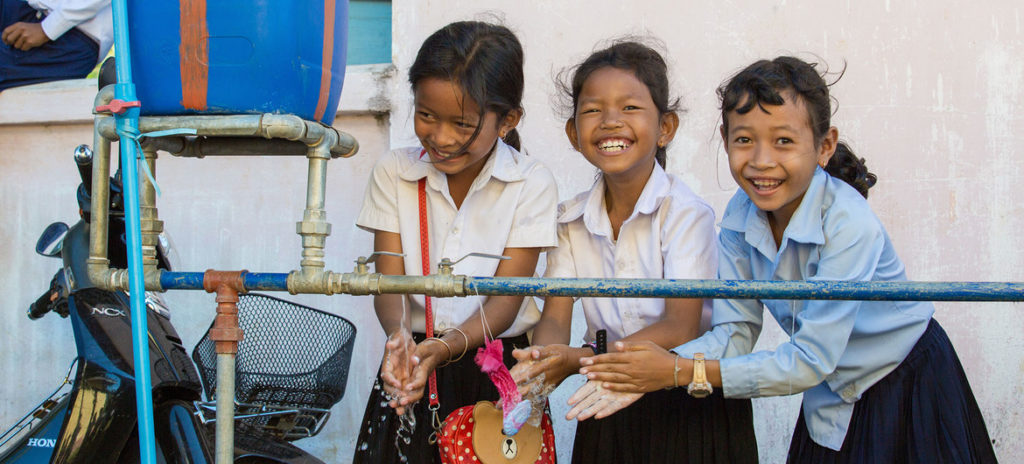
“Global school closures since the onset of the coronavirus pandemic have presented an unprecedented challenge to children’s education and well-being,” exclaimed Henrietta Fore, UNICEF Executive Director.
“We must prioritize children’s learning. This means making sure that schools are safe to reopen with access to hand hygiene, clean drinking water and safe sanitation,” he added.
[Also Read: COVID-19 to Cause 4000 ‘Child Deaths’ in Nepal: UNICEF]
The report presented several resources necessary for COVID-19 prevention and control in schools, including ten immediate actions and safety checklists.
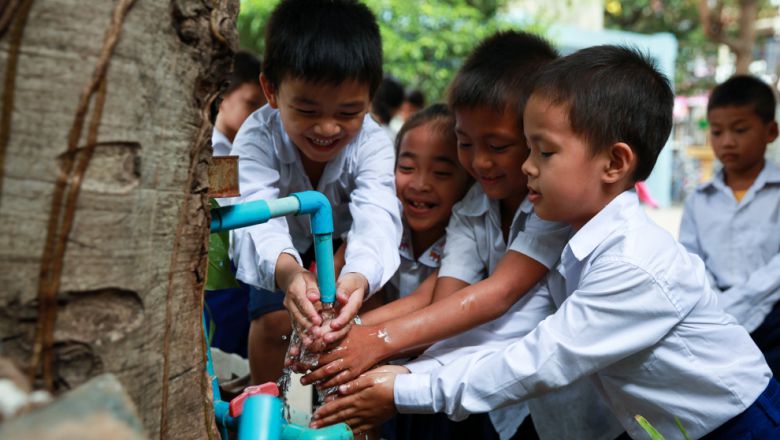
The guidelines include
- Several WASH-related protocols on hygiene measures
- Use of personal protective equipment
- Cleaning and disinfection
- Clean water
- Handwashing stations with soap
- Safe toilets
Revealing the negative impacts of prolonged school closures on children’s safety, well-being and learning, the UN bodies stressed the governments to focus on safe reopening and operation of schools during the ongoing pandemic.
The post Globally, 818 Mn Children Lack Handwash Facilities At Schools: UN appeared first on Nepali Sansar.
]]>The post Nepal’s Flat COVID-19 Curve Seems Silence Before Strom, Warns WHO appeared first on Nepali Sansar.
]]>Lately, a patient lost life while undergoing treatment for the coronavirus infection, taking the death toll to 49.
However, 121 patients were discharged from various hospitals across the country in the last 24 hours. So far, a total of 13,875 patients have recovered successfully. Currently, there are only 5,139 active cases in the country.
While the global countries are reeling under severe implications of coronavirus pandemic with new highs in fresh cases, Nepal has somehow escaped the worst so far.
The coronavirus recovery rate in Nepal stands at 72.8% and the fatality rate is at 0.3%. While the global average fatality rate is 4.1%.
However, the WHO has warned Nepal that the meager coronavirus cases seem to be a tranquillity before chaos as the widespread community transmission has not yet started in the country.
Dr. Jos Vandelaer, WHO Representative in Nepal, expressed that there is limited community spread but no widespread community transmission in Nepal.
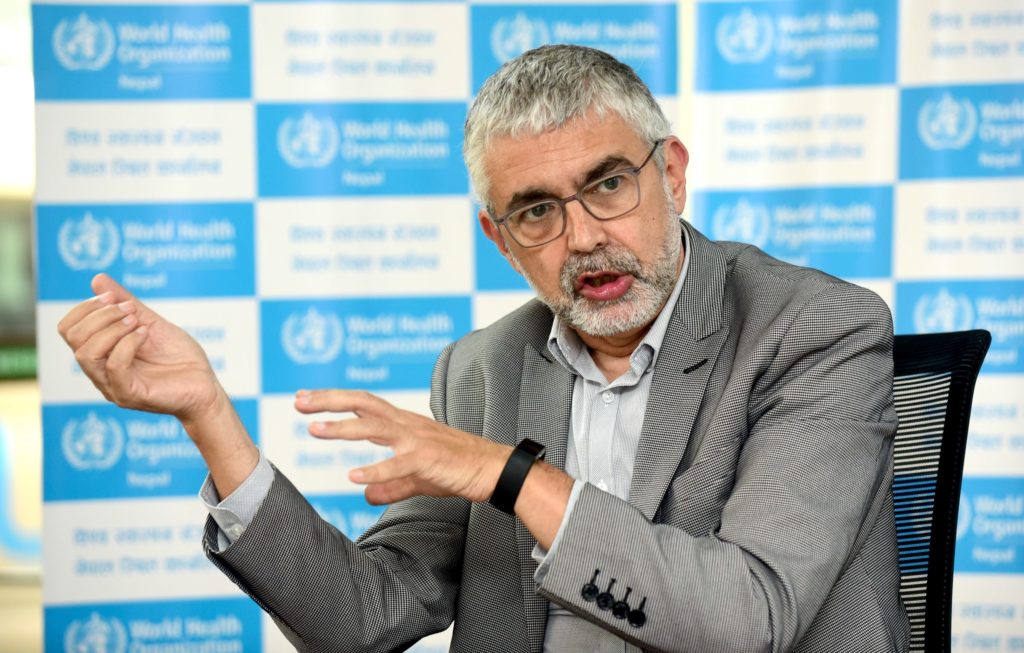
He said that even the cluster of coronavirus cases in Birgunj is due to a local transmission chain.
“Nepal has not yet entered the stage of widespread community transmission, although some degree of person to person spread in the community is inevitably present even in the phase of sporadic transmission,” said Dr. Jos.
According to him, the nation has the lowest infection rate as the person to person transmission in the community has not yet become widespread.
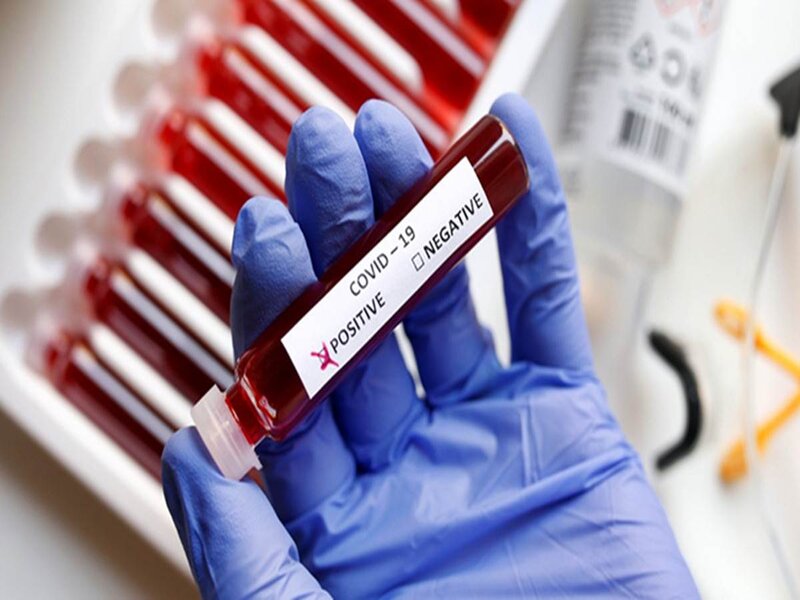
“All across the country and in Bagmati province, the daily cases are not increasing exponentially, and the 7-day average is flattening out. These are all good signs, but there is absolutely no room for complacency. This may be the lull before the storm, and Nepal must be prepared for the worst,” added Dr. Jos.
Nepal COVID-19: Active Cases Vs Recovery Cases
| Province | Active Cases | Recovery Cases |
| Province 1 | 217 | 789 |
| Province 2 | 1,922 | 3,014 |
| Bagmati Province | 461 | 518 |
| Gandaki Province | 260 | 1,217 |
| Province 5 | 399 | 3,910 |
| Karnali Province | 399 | 1,608 |
| Sudoorpaschim Province | 1,501 | 2,819 |
| Total | 5,139 | 13,875 |
Stay Tuned to Nepali Sansar for Live COVID-19 Updates!
The post Nepal’s Flat COVID-19 Curve Seems Silence Before Strom, Warns WHO appeared first on Nepali Sansar.
]]>The post Investing in ‘WASH’ to Prevent ‘COVID-19’ appeared first on Nepali Sansar.
]]>Many hundreds more have fallen ill in 21 other countries, including Bahrain, Saudi Arabia, Kuwait, and Malaysia.
This highlights the fact that Nepal sends more labor migrants abroad, per capita, than any other country in South Asia. The virus’s impact on Nepalis outside the country could portend significant long-term difficulty for the Nepali economy.
At least for now, however, the coronavirus direct effects have been much milder in Nepal than in many other countries. As of April 29, there were only 57 cases, of whom 16 have recovered and no confirmed deaths reported.
This can be at least partly attributed to significant advances in Water, Sanitation, and Hygiene (WASH).

Nepal was declared free of open defecation on September 30, 2019. The Department of Water Supply and Sewerage (DWSS) data shows that in 2018, 97% of the population had access to basic sanitation facilities. This is a huge leap from 1990 when only 6% of households had toilets.
Today, almost all citizens living in hill and mountain belts have some kind of access to toilets.
As important, 87% of people have access to basic water supplies. This is critical to the handwashing that helps prevent coronavirus and other illnesses.
But for all the gains made over the past two decades, more needs to be done.
While the overwhelming majority of people have access to water, 13% still lack it. And while most Nepalis have access to toilets, many of them are shared by multiple households. While this is certainly preferable to open defecation, it is not sufficient to fully minimize risk.
As important, many of these water and toilet facilities need maintenance and repair. The 2015 earthquake damaged many WASH facilities, especially in rural areas. While people technically have access to them, in reality, many are difficult to use.
Further, there exists a continued need for education about how to properly use the sanitation and water facilities that are in good working order.
[Also Read: Japan Grants NPR 51.7 Mn to Nepal for WASH Project]
Many toilets in rural areas go unused or have even been turned into animal sheds. While people have access to water, it is often in limited quantities, so people understandably prioritize drinking over handwashing. Or people wash their hands, but without soap and proper drying.
All this can and is being addressed. For example, our organization works with community groups in five districts covering 49 rural communities to implement holistic development programs. Central to all these programs is WASH components tailored to the needs of each community.
Community members are regularly given educational classes on:
- Treating water through filtration or boiling for drinking
- Proper handwashing with soap
- Menstrual health management
- Waste management at the household and community level
- Regular maintenance of toilets
- Regular maintenance of public water taps
Also, we work with local partners to install handwashing stations with soap and proper drying facilities. We have also introduced households to drying racks for dishes and utensils to eliminate placing these items on the ground to dry.
These are simple and inexpensive innovations with large results:
- Reduction in water-borne diseases, especially diarrhea in children under five
- Significant improvements among women in reproductive health issues
- New and well-maintained toilets
- Virtually no open defecation, even among children
- Drinking water filtered or boiled and covered while storing
- Community pathways clear of animal and other waste
The abrupt nationwide lockdown on March 24, 2020, made it impossible for our organization and others to visit communities to conduct refresher classes on hand washing and related preventive measures. The good news is these communities were already prepared, so phone call reminders were sufficient.
People in the communities in which we work are doing what they should in terms of hygiene and sanitation to protect themselves and their neighbors from the coronavirus.
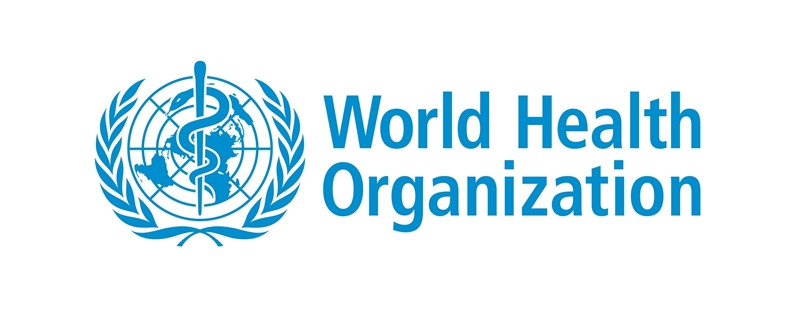
The major challenge in these rural communities is ‘social distancing‘.
According to the World Health Organization (WHO), 21.6% of those infected with the coronavirus in Wuhan, China were farmers and laborers. Although the villages with which we work are scattered in terms of distance from one house to another, rural communities usually have public water taps. In toilets can be shared by four to five households.
Further, farmers must go to the field to work, tend to their livestock, and travel to local markets to sell their produce. This is all difficult to do in ways that maintain social distance. Addressing this will likely require more significant government actions.
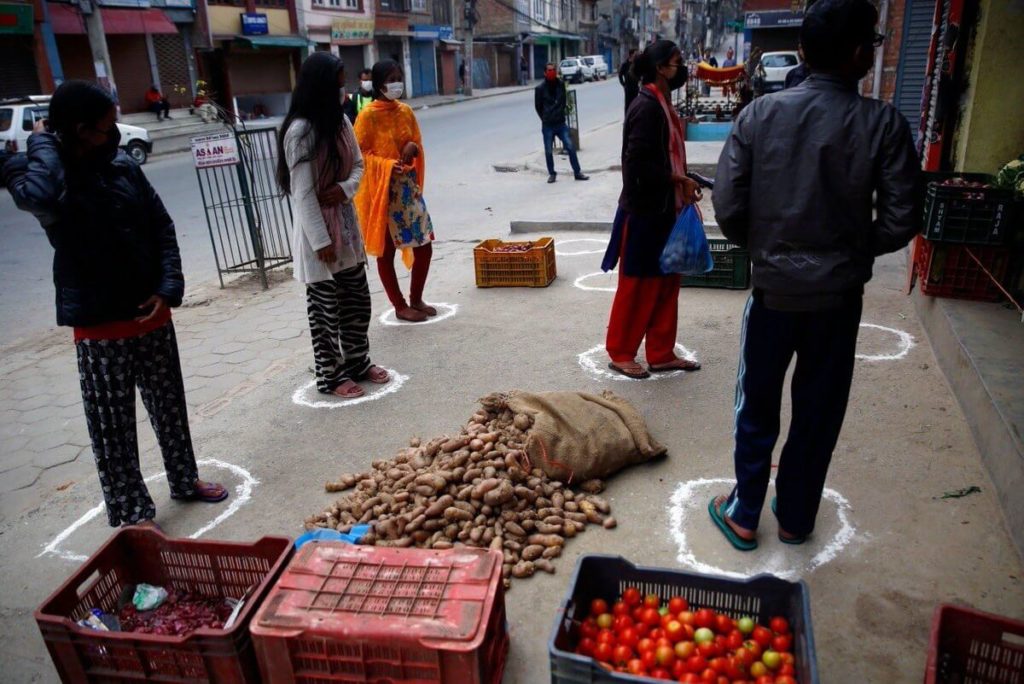
Before the coronavirus crisis, advances in water, sanitation, and hygiene have played a significant role in preventing life-threatening diseases and improving lives. The pandemic has reinforced the need for better and sustainable community-managed WASH facilities.
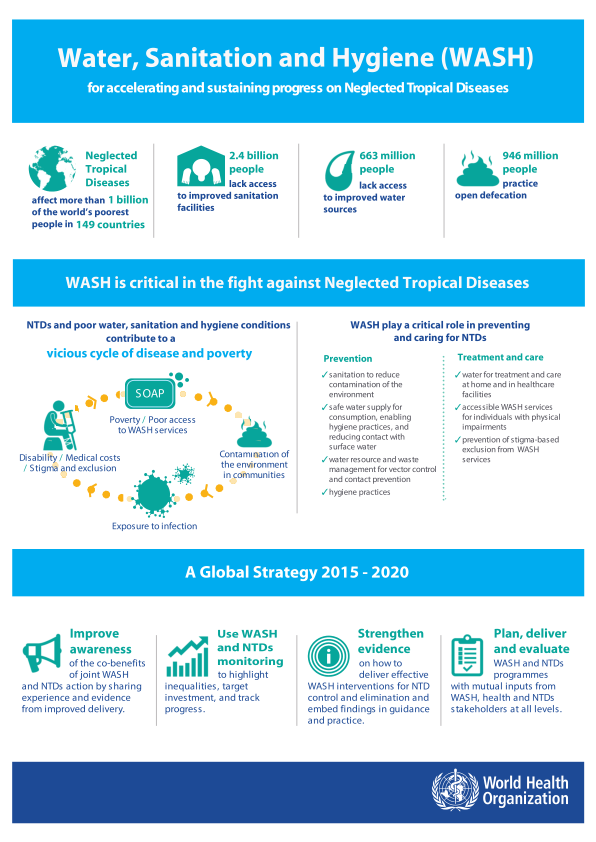
Source: WHO
While private organizations like ours have a role to play, governments need to continue to invest in these basic human needs essential to sustained economic and social development. Nepal has made so much progress in this area.
The coronavirus should be an impetus to do even more to improve health and living standards.
Written By: Srijana Karki, Regional Director of South Asia at World Neighbors (www.wn.org/).
Also Read: Nepali Currency Exchange Rate Calculator
The post Investing in ‘WASH’ to Prevent ‘COVID-19’ appeared first on Nepali Sansar.
]]>The post ‘Antimicrobial resistance (AMR) kills an estimated 700 000 people annually’ – WHO appeared first on Nepali Sansar.
]]>Across the world, AMR kills an estimated 700 000 people annually, including 230 000 from multi-drug resistant tuberculosis.
By 2050, unless urgent action is taken, AMR is expected to kill 10 million annually. Antibiotic-resistant bacteria are responsible for a substantial proportion of the AMR burden.
The emergence and spread of resistant bacteria is accelerated by the overuse and misuse of antibiotics in human and animal health.
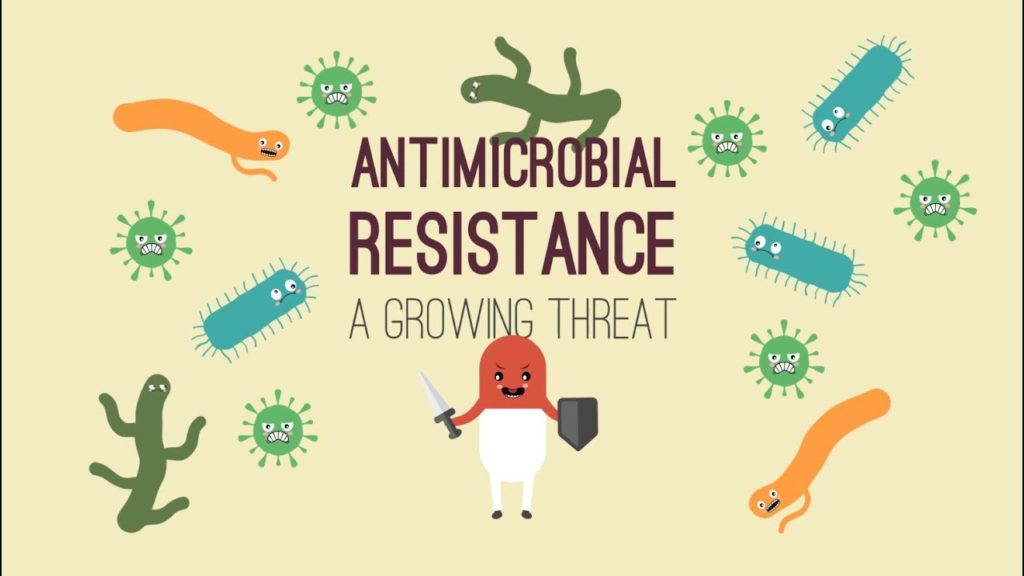
The WHO South-East Asia Region is taking decisive action to combat AMR, which since 2014 has been a Flagship Priority.
All Member States have developed a national multisectoral action plan to address AMR. They are now implementing them.
Each Member State has signed on to the Global Antimicrobial Resistance Surveillance System, a key initiative that will advance AMR-related research. Region-wide, the Tripartite Collaboration on AMR, which comprises WHO, the Food and Agriculture Organization (FAO) and the World Organization for Animal Health (OIE), is addressing vulnerabilities in the human and animal health sectors, as well as in agriculture. Ensuring antibiotics are used rationally continues to be a core priority.
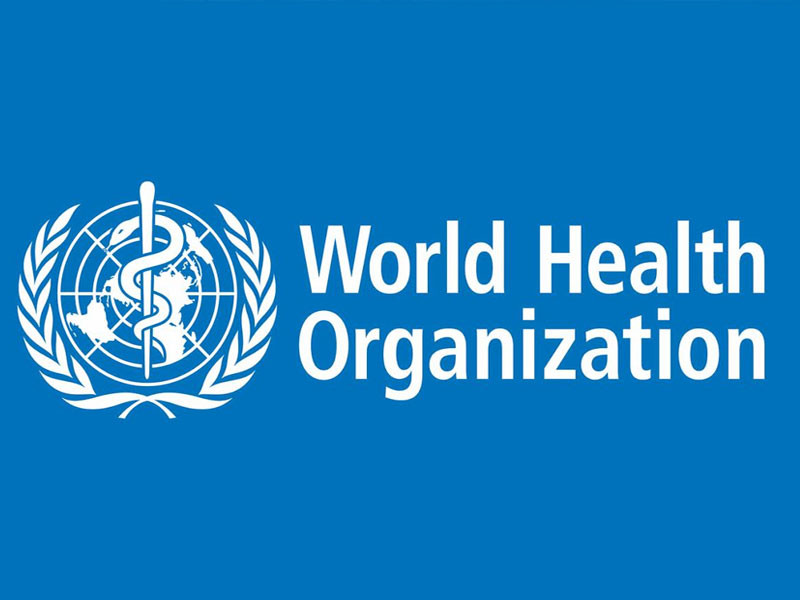
The Region’s progress must be sustained. It must also be accelerated – an outcome the new WHO-convened Regional Taskforce for AMR will help achieve. In pursuit of the Region’s Flagship Priority on AMR, as well as its quest to achieve universal health coverage, health authorities Region-wide should adopt and implement several high-impact interventions.
First, WHO’s AWaRe classification tool should be fully harnessed. The AWaRe tool groups antibiotics into three main categories – ‘Access’, ‘Watch’ and ‘Reserve’ – based on their strength and potential impact on AMR. By adopting the tool’s classification scheme, health authorities can more effectively monitor antibiotic consumption, align their essential medicines list (EML) with WHO’s Model EML, and update or establish treatment guidelines that increase the appropriate use of antibiotics. Each outcome will fast-track preventive efforts.
Second, increased focus should be given to strengthening infection prevention and control (IPC) in health care facilities. Clean water, adequate sanitation and essential equipment are all crucial to providing health care that is of adequate quality and which minimizes health care-associated infections. So too are health workers and facility staff that are trained in and implement IPC. All efforts should be made to ensure that health facilities from the primary level up are fit for purpose, and do not serve as AMR incubators.
Third, political leadership, advocacy and coordination on AMR should be scaled up. This is especially so when it comes to empowering all people to take responsibility for the future of antibiotics – the theme of this year’s World Antibiotic Awareness Week.
From promoting the appropriate prescribing of antibiotics to emphasizing the need to reduce antibiotic usage in the animal sector, leaders from all sectors should drive home an important point: The future of antibiotics is in our hands.
WHO is committed to supporting Member States as they continue to go from strength to strength in the battle against AMR. Together we can improve antibiotic treatment, increase access to antibiotics and reduce antimicrobial resistance. Together we can secure the future of our most precious drugs and rollback the global AMR crisis. We must act decisively. We must act now.
Source: World Health Organization, South-East Regional (SEAR) Office
The post ‘Antimicrobial resistance (AMR) kills an estimated 700 000 people annually’ – WHO appeared first on Nepali Sansar.
]]>